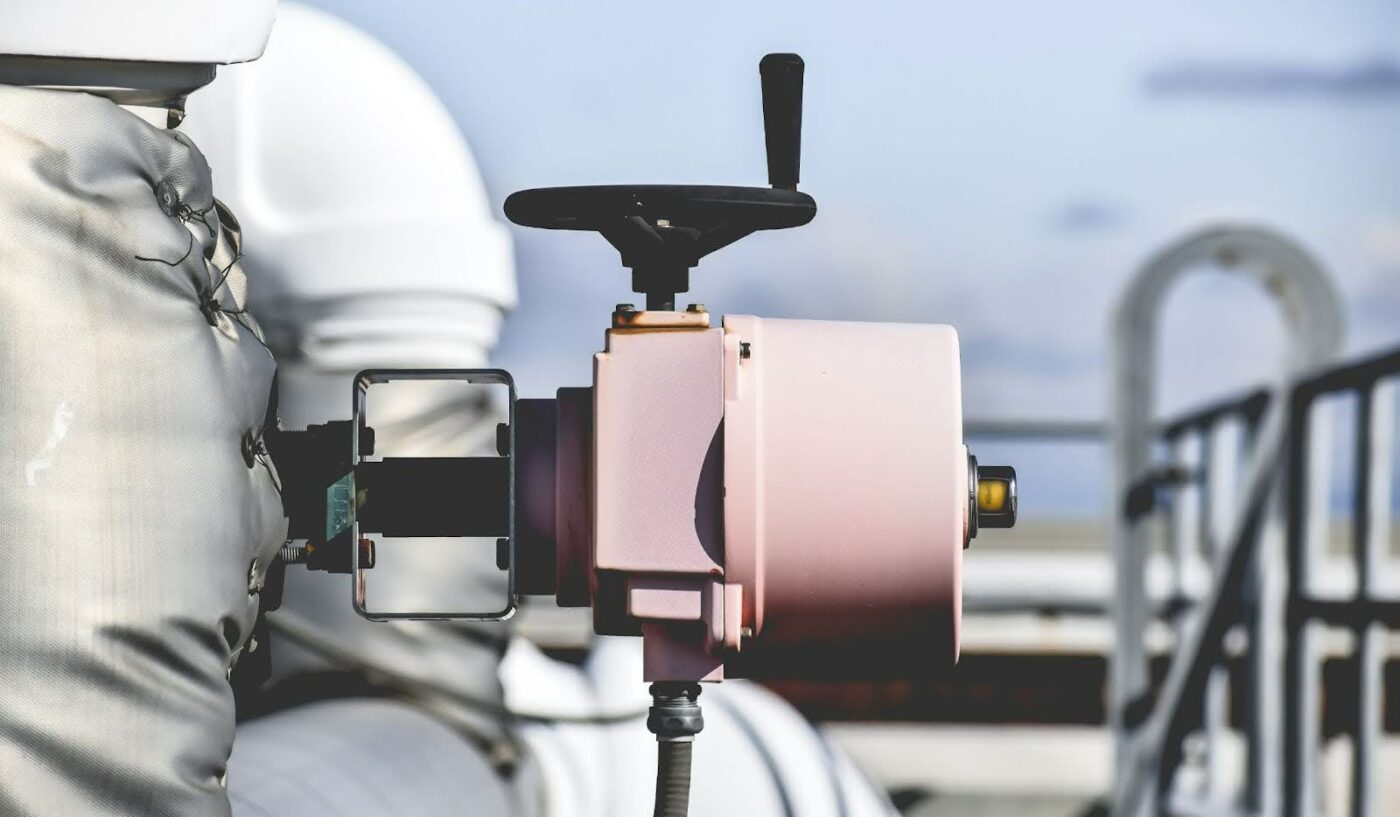Pneumatics uses compressed air to do its heavy lifting. However, how can we manage all that force and motion? This is the function of valves, primarily controlled by direct and indirect means. Knowing these distinctions is essential for designing dependable and effective pneumatic systems, whether maintaining a large industry or renovating a sugar shack.
Direct Control: Simple Does It
Direct control is similar to flipping on a light switch. When you flip the switch or press a button, the light or valve turns on. An electric switch is directly linked to a solenoid valve in a pneumatic system. The solenoid energizes when the switch is turned on, opening the valve and letting pressurized air out. This straightforward and reasonably priced configuration is ideal for tiny systems or scenarios where the control panel is directly next to the actuator (such as a cylinder). Consider a pneumatic door on a distant ice fishing cottage; a straightforward push-button could be the best option.
Types of Direct Control Valves
- Aluminum Hand Slide Valves: Manually operated by sliding a handle to open or close the valve.
- Pneumatic Direct Acting Manifold: Directly controlled by an electric solenoid to open or close the valve.
- Pneumatic Directional Solenoid Control Valve: Directly controlled by an electric solenoid to open or close the valve.
- Pneumatic Mechanical Valves: Actuated by mechanical means such as cams, levers, or rollers.
- Manual Ball Valves: Simple manual on/off control.
- Needle Valves: Manually adjustable for precise control of flow rate.
- Spool Valves: Mechanically or manually shifted to control the flow direction.
The drawback is that direct control is restricted. It is challenging to use a remote control since everything is connected. Furthermore, operating more than one valve at a time is difficult. There's a better solution for more intricate systems.
Indirect Control: More Power, More Flexibility
So, what's the difference between direct and indirect control in pneumatics?
Indirect control is like having a relay team for your valves. You don't flip the switch for the valve itself; instead, you use a low-power electrical signal to control a separate device, like a relay or a fancy programmable logic controller (PLC). This device then sends a powerful signal to the solenoid valve, opening it and letting the compressed air flow.
Types of Indirect Control Valves
- Pneumatic Pilot Valves: A smaller pilot valve controls the main valve, enabling remote operation and complex control.
- Pneumatic Quick Exhaust and Check Valves: Though specialized for performance enhancement, they typically operate indirectly by venting pressure quickly or allowing flow in one direction.
- Pilot-Operated Pressure Relief Valves: A pilot signal controls the main relief valve.
- Pilot-Operated Directional Control Valves: Use a pilot pressure signal to shift the main valve spool.
- Proportional Valves: Controlled by varying the pilot signal to control flow or pressure precisely.
- Servo Valves: Exact valves controlled by electrical feedback signals
This indirect method has a few benefits. It enables the remote control to start. While a switch in the sugar shack operates the pneumatic valves, you may be fiddling with your maple syrup evaporator. Second, you may use indirect control to operate several valves with a single signal. Consider a multi-cylinder complicated machine. You may arrange its motions like a symphony using indirect control. Lastly, you may go creative and write intricate sequences for your valves using a PLC.
Of course, indirect control has its disadvantages. It can be more expensive because it requires more components and is more difficult to set up.
Choosing the Right Control for Your Needs
So, which option—direct or indirect—should you pick? That would depend on how you apply it, though. Direct control may be the best option if you have a straightforward system with a control panel nearby and don't want sophisticated features. However, indirect control provides the necessary power and flexibility for anything more complicated.
Keeping it Safe: Safety Considerations for Pneumatic Systems
Whether operating a simple sugar shack setup or a complex factory floor, safety is paramount when working with pneumatics. Those pressurized lines and powerful actuators can cause serious injury if improperly handled. Here are some essential safety considerations to keep in mind, regardless of whether you're using direct or indirect control:
- Lockout/Tagout: Remember to properly lock out and tag out a pneumatic system before performing maintenance or repairs. This means shutting off the system's compressed air energy supply and guarding against unintentional activation.
- Pressure Relief: Make sure your system always has a pressure release valve. By releasing excess pressure, this safety mechanism guards against harm to parts and possible injuries.
- Proper Installation: Observe the manufacturer's guidelines before installing any pneumatic parts. Installing anything incorrectly might result in leaks, malfunctions, and even disastrous failures.
- Guarding: To avoid unintentional contact, all moving components of the pneumatic system, such as cylinders or tools, should be well guarded.
- Training: Everyone using or near a pneumatic system must have enough training on safe operation and maintenance techniques.
Adhering to specific safety procedures can ensure that your pneumatic systems function dependably and, most importantly, securely.
Bonus Tip: Consider designing your pneumatic system with readily accessible emergency stop buttons. In an emergency, these buttons should shut down the system immediately.
Knowing the details of direct control vs. indirect control can help you become an expert in pneumatics, regardless of the control technique you use. Thus, the next time you operate with a pneumatic system, remember that it's all about managing those valves and selecting the appropriate technique!

